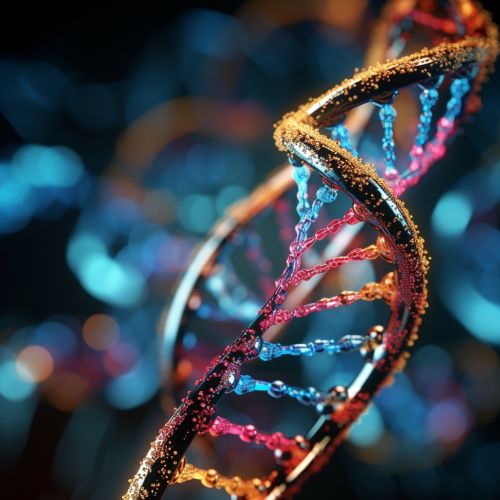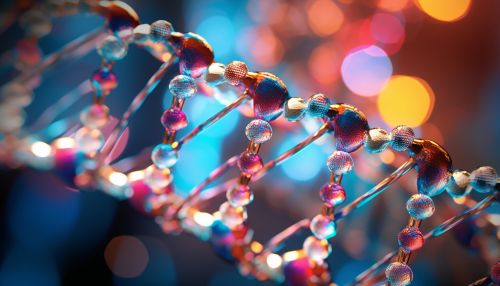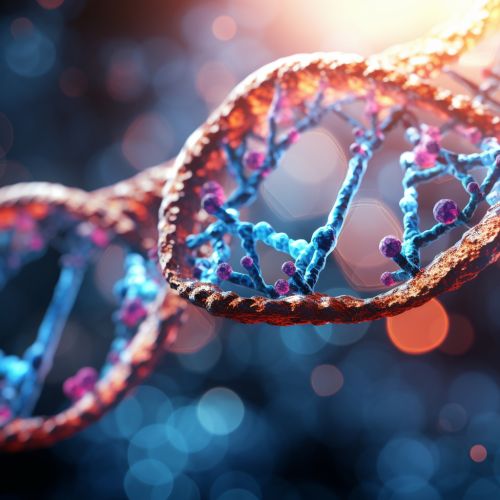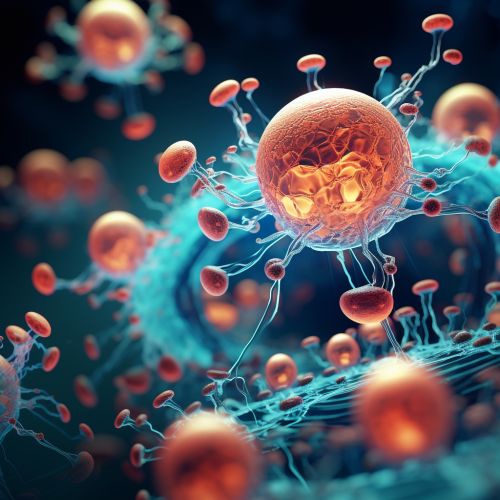The Role of Epigenetics in Human Disease
Introduction
Epigenetics, a subfield of genetics, is the study of changes in organisms caused by modification of gene expression rather than alteration of the genetic code itself. Epigenetic changes can switch genes on or off and determine which proteins are transcribed. They can be influenced by several factors including age, environment, lifestyle, and disease state. The role of epigenetics in human disease has become an area of intense study. This article will delve into the intricate relationship between epigenetic modifications and the development of various human diseases.


Epigenetic Mechanisms
Epigenetic mechanisms are complex and involve changes in the physical structure of DNA, including DNA methylation, histone modification, and non-coding RNA molecules. These mechanisms play a crucial role in the regulation of gene expression, and their dysregulation can lead to the development of disease.
DNA Methylation
DNA methylation is a process by which methyl groups are added to the DNA molecule, typically at a cytosine or adenine DNA base. This modification can change the activity of a DNA segment without changing the sequence. When located in a gene promoter, DNA methylation typically acts to repress gene transcription. Aberrant DNA methylation patterns are a hallmark of many types of cancer.


Histone Modification
Histones are proteins that help structure DNA into a compact, transportable form. They can be modified by the addition or removal of various types of chemical groups, including acetyl, methyl, and phosphate groups. These histone modifications can affect gene expression by altering chromatin structure or recruiting histone modifiers. Dysregulation of histone modification patterns can lead to diseases such as cancer, autoimmune diseases, and neurological disorders.


Non-Coding RNA
Non-coding RNAs (ncRNAs) are RNA molecules that do not code for proteins but have roles in regulating gene expression. Some ncRNAs, such as microRNAs and long non-coding RNAs, have been implicated in the development of diseases such as cancer, cardiovascular disease, and neurological disorders.


Epigenetics and Disease
Epigenetic changes can lead to abnormal gene function and malignant cellular transformation. Growing evidence suggests that epigenetic changes play a significant role in the development and progression of disease.
Cancer
In cancer, genes that control cell growth and division are often epigenetically modified. These modifications can lead to uncontrolled cell proliferation and tumor formation. Both DNA methylation and histone modification play a role in the development of various types of cancer, including lung, breast, and colon cancer.


Cardiovascular Disease
Epigenetic changes can also contribute to the development of cardiovascular disease. For example, DNA methylation patterns can predict the risk of coronary artery disease. Additionally, histone modifications can influence the development of hypertension, a major risk factor for cardiovascular disease.
Neurological Disorders
Several neurological disorders, including Alzheimer's disease and Parkinson's disease, have been linked to epigenetic changes. These changes can affect neuronal function and lead to neurodegeneration.


Epigenetic Therapies
Given the role of epigenetics in disease, therapies that target the epigenetic machinery offer a promising approach to treatment. These therapies, known as epigenetic therapies, work by reversing abnormal epigenetic marks associated with disease.


Conclusion
The study of epigenetics has significantly expanded our understanding of the molecular mechanisms underlying human disease. As our knowledge continues to grow, so too does the potential for the development of novel, epigenetic-based therapies.
